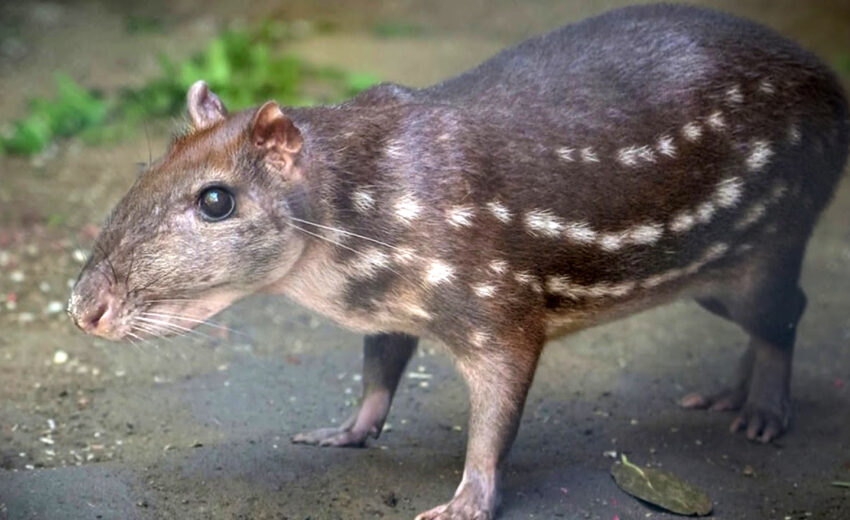The paca, aka spotted paca, is a large rodent that hails from Central and South America, and have been introduced to Cuba. They prefer to dwell in tropical evergreen and subdeciduous
- Zoology
- Daily Critter Facts
- For Teachers
- Study Guides
- Animal Diseases & Parasites
- Contact

